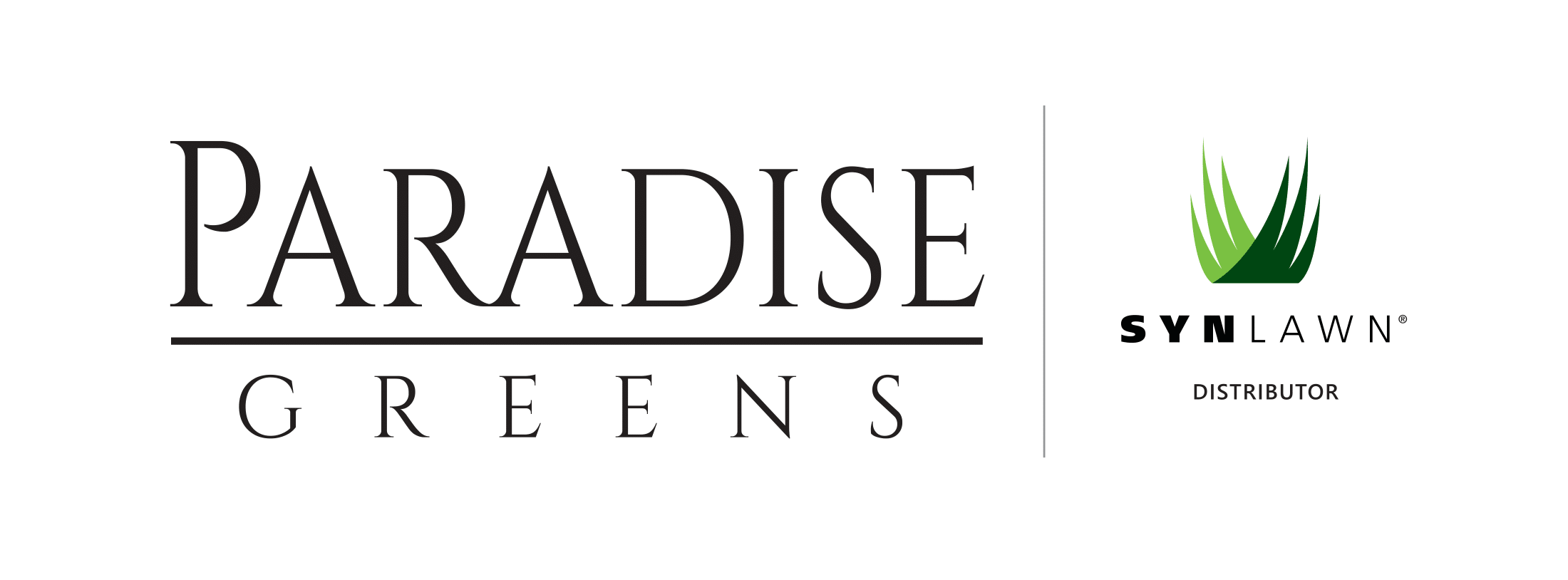If you are looking for an alternative to the rock and gravel options for decorating around your home, you might want to consider artificial grass. This look can provide an exceptional upgrade to the general look of your property. The green offers a brilliant contrast to the brown and earth tones of your construction and the area around it, which can really highlight your house. Of course, you might have heard all sorts of negative talk about artificial grass that might prevent you from making the upgrade. However, most of these artificial grass myths are nothing more than fabrications that simply aren’t true. While there is a large number of falsifications regarding artificial grass, these are the top 10.
Top 10 Artificial Grass Myths
Myth 1: Artificial grass contains lead and other material that are dangerous to children and pets.
This is one of the artificial grass myths that has been around for a long time but simply is not true. It might have held some reasoning back in the 1980s, back when the fake indoor grass carpeting started to come into play, but there is no lead or other harmful chemicals in artificial grass. In fact, you are more likely to come in contact with grass that is full of pesticides than any sort of harmful product in artificial grass. Artificial grass is completely safe for all humans and animals.
Myth 2: Artificial grass does not drain well.
There is a difference between high quality artificial grass and poorly installed synthetic grass. Lower quality, artificial grass can have poor drainage. This is because the fake grass is essentially nothing more than a carpet that covers your property and essentially holds up the moisture when it does rain. That is why it is so important to utilize quality artificial grass. Quality products drain just as well as traditional grass, as there are pores inside of the grass along the base of the installation that allows the rainwater and pet waste to flow easily through.
Myth 3: All artificial grass is the same.
All artificial grass is not the same to say the least. For starters, there is drainage to consider. Next, artificial grass makeup makes the list. Finally, the install method install and other elements can change, depending on the kind of artificial grass of course.
Myth 4: Artificial grass becomes too hot under the sun to where it is not safe.
This assumes artificial grass is made from plastic and absorbs the heat like plastic. This is not accurate as the fibers are not completely smooth, which would simply catch the sun and reflect the heat back while also catching the heat. Instead, the fibers actually dissipate the sun’s rays, which helps reduce the heat. In fact, the artificial grass is far cooler to touch than what you find on stones and cement under the sun which is the alternative.
Myth 5: The only use for artificial grass is sporting event and activities.
Artificial grass started as a sporting alternative to grass, but this is no longer the only use of the material. Now, fake grass makes for an excellent replacement to traditional grass. Furthermore, you can use it in place of real grass almost any time. So this is just another of the many artificial grass myths!
Myth 6: You must install artificial grass over a cement pad to absorb shock.
So at one point in time, this proved the case with athletic artificial turf. However, now different products absorb shock.
Myth 7: Artificial grass does not require any maintenance
This is not completely true. In fact, artificial grass still requires occasional brushing and sweeping. This ensures optimal appearance. Yet, it does vary depending on the brand and material used. And while it does not require the same maintenance as regular grass, there is some assistance required.
Myth 8: The Infill uses Rubber
When you hear about rubber in artificial grass it is not a part of the grass. Instead, it is “in” the grass as rubber infill. And while some companies utilize a rubber byproduct for crumb rubber, we do not. Consequently, Paradise Greens uses an infill product called Zeofill, which does not contain rubber.
Myth 9: Replacing natural grass with artificial grass aids global warming.
Seems like this is one of those longstanding artificial grass myths. However, there is no evidence on this topic as it relates to global warming. In addition, the argument for it is artificial grass does not breathe like natural grass.
Myth 10: Maintaining artificial grass is expensive.
Over time artificial grass will pay for itself in 3-4 years. And going forward is even better. Your lawn requires no mowing, seeding, or pesticide spraying.
Now you can put to rest any silly ideas when you hear these artificial grass myths. And if you want your own artificial grass lawn, we can help. So reach out with any questions or concerns you may have. We will answer them all so you don’t get caught in the world of artificial grass myths!
